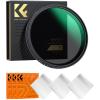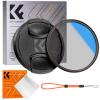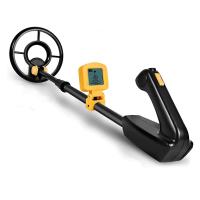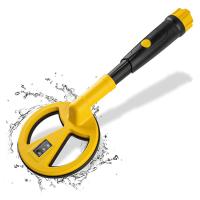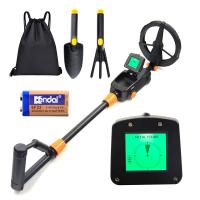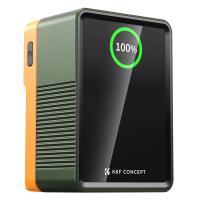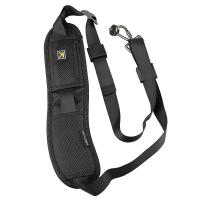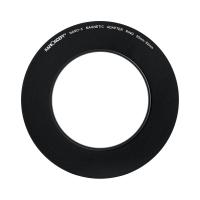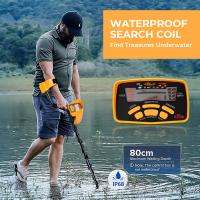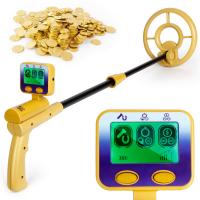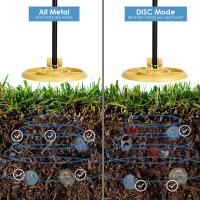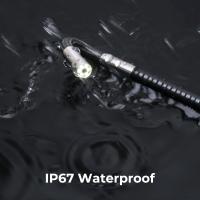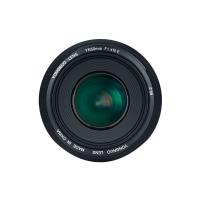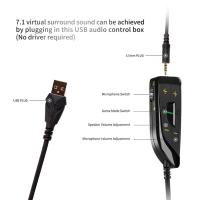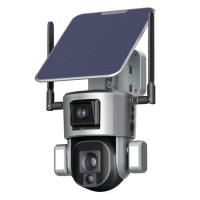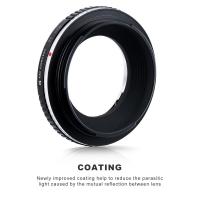How To Detect Gold Without A Metal Detector?
Detecting gold without a metal detector is a topic that has intrigued many prospectors, hobbyists, and treasure hunters. While metal detectors are a popular and effective tool for finding gold, there are several other methods that can be employed to locate this precious metal. In this article, we will explore various techniques and strategies for detecting gold without the use of a metal detector. These methods range from traditional panning and sluicing to more advanced geological and chemical techniques. By understanding and applying these methods, you can increase your chances of finding gold in a variety of environments.
Understanding Gold Deposits
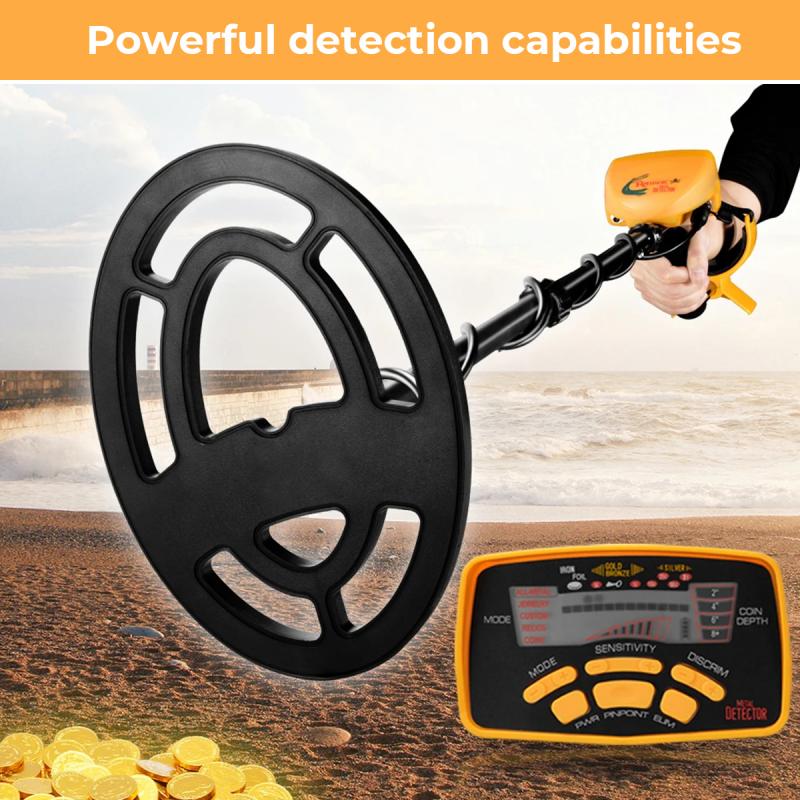
Before diving into the methods of detecting gold, it is essential to understand where gold is typically found. Gold deposits are usually located in areas with a history of geological activity, such as mountain ranges, riverbeds, and areas with volcanic activity. Gold can be found in both primary deposits (lodes) and secondary deposits (placers). Lode deposits are found in rock formations, while placer deposits are found in loose sediments, such as sand and gravel, often in riverbeds.
Traditional Gold Panning

Gold panning is one of the oldest and simplest methods for finding gold. This technique involves using a pan to separate gold from other materials in a river or stream. Here’s how you can do it:
1. Find a Suitable Location: Look for areas where gold is likely to accumulate, such as bends in rivers, behind large rocks, or in crevices.
2. Gather Materials: You will need a gold pan, a shovel, and a classifier (a sieve to separate larger rocks from finer material).
3. Fill the Pan: Scoop up a mixture of sand, gravel, and sediment from the riverbed into your pan.
4. Swirl and Wash: Submerge the pan in water and gently swirl it to wash away the lighter materials. Gold, being denser, will settle at the bottom of the pan.
5. Inspect for Gold: Carefully inspect the remaining material in the pan for small gold flakes or nuggets.
Sluicing

Sluicing is a more efficient method than panning and involves using a sluice box to separate gold from other materials. A sluice box is a long, narrow box with riffles (raised bars) along the bottom. Here’s how to use a sluice box:
1. Set Up the Sluice Box: Place the sluice box in a stream with a steady flow of water. Ensure it is positioned at a slight angle to allow water to flow through it.
2. Feed Material into the Sluice Box: Shovel sediment and gravel into the sluice box. The water flow will carry the material over the riffles.
3. Collect Gold: The riffles will trap the heavier gold particles while the lighter materials are washed away. Periodically check the sluice box and collect the trapped gold.
Dry Washing

In arid regions where water is scarce, dry washing is an effective method for finding gold. This technique uses air instead of water to separate gold from other materials. Here’s how to do it:
1. Find a Suitable Location: Look for dry riverbeds or areas with loose, sandy soil.
2. Use a Dry Washer: A dry washer is a device that uses air to separate gold from other materials. It consists of a vibrating screen and a bellows to blow air through the material.
3. Process the Material: Feed the dry material into the dry washer. The vibrating screen will separate larger rocks, while the bellows will blow away lighter materials, leaving the heavier gold behind.
Geological Prospecting
Geological prospecting involves studying the geology of an area to identify potential gold deposits. This method requires some knowledge of geology and the ability to interpret geological maps and data. Here are some steps to follow:
1. Research the Area: Study geological maps and reports to identify areas with a history of gold deposits.
2. Look for Indicators: Identify geological features that are associated with gold deposits, such as quartz veins, fault lines, and areas with volcanic activity.
3. Conduct Field Surveys: Visit the identified areas and conduct field surveys to look for visible signs of gold, such as gold-bearing rocks or minerals.
Chemical Testing
Chemical testing can be used to detect the presence of gold in rocks and soil. This method involves using chemicals to dissolve gold and then testing the solution for gold content. Here’s how to do it:
1. Collect Samples: Gather rock or soil samples from the area you are prospecting.
2. Crush and Pulverize: Crush the samples into a fine powder using a mortar and pestle or a rock crusher.
3. Perform a Fire Assay: A fire assay is a complex chemical process that involves melting the sample with fluxes to separate the gold. This method requires specialized equipment and knowledge.
4. Use a Gold Test Kit: Alternatively, you can use a gold test kit, which contains chemicals that react with gold to produce a color change. Follow the instructions provided with the kit to test your samples.
Visual Inspection
Sometimes, gold can be found through simple visual inspection. This method involves carefully examining rocks, soil, and sediment for visible gold particles. Here are some tips for visual inspection:
1. Use a Magnifying Glass: A magnifying glass or a jeweler’s loupe can help you spot small gold flakes or nuggets.
2. Look for Color: Gold has a distinctive yellow color that can help you identify it among other materials.
3. Check for Luster: Gold has a metallic luster that can make it stand out from other minerals.
Detecting gold without a metal detector is entirely possible using a variety of traditional and modern methods. Whether you choose to pan for gold in a river, use a sluice box, dry wash in arid regions, conduct geological prospecting, perform chemical testing, or simply rely on visual inspection, each method has its own advantages and challenges. By understanding the principles behind these techniques and applying them in the right locations, you can increase your chances of finding gold. Remember, patience and persistence are key in the quest for gold, and with the right approach, you may just strike it rich.

